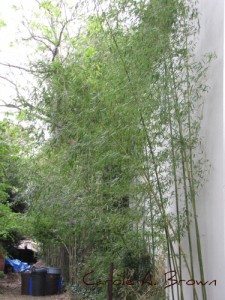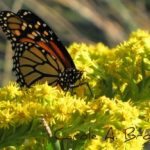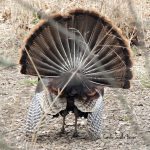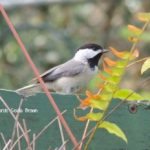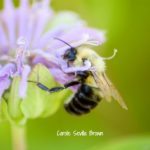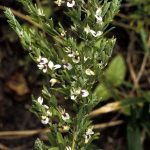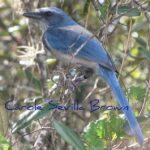Invasive plants escape from gardens and destroy wildlife habitat in natural areas. Please check carefully prior to purchasing any plant to ensure that it is not invasive in your area. Or, better yet, plant a wide variety of indigenous native plants to your region to create more welcoming habitat for wildlife!
It’s been well over twenty years since a tiny Chickadee called to me, and I learned to listen to her sweet voice which put me on my path of learning how to create welcoming habitat for birds and other wildlife in our gardens.
At this time there was very little information about creating wildlife habitat gardens, and I soon learned that much of what was available would lead to my making many mistakes along the way. So I turned to studying the biology and ecology of birds, butterflies, pollinators and other wildlife so that I could learn what it was that these wildlife species needed for habitat that could be achieved in a garden setting.
Mistakes.
I made a lot of mistakes. And so did my clients.
It was the catalogs. Gorgeous photos of beautiful plants with pictures of birds and stunning butterflies photoshopped into the pictures. It was garden porn at its best. And it worked.
I was seduced by these pretty faces and eagerly bought up any plant I thought (or was led to believe) would be helpful to wildlife.
And then the trouble began. Or maybe I should say nightmare!
There are many beautiful plants that are unfortunately invasive, meaning they can spread rapidly and displace native vegetation, causing harm to local ecosystems. Here are a few common examples of such plants:
Japanese knotweed – Japanese knotweed is a tall, bamboo-like plant with hollow stems and small, white flowers. It can grow up to 10 feet tall and is highly invasive in many parts of the world, outcompeting native vegetation and damaging infrastructure.
Purple loosestrife – Purple loosestrife is a tall, perennial plant with spikes of vibrant purple flowers. It’s commonly found in wetlands and is highly invasive, outcompeting native vegetation and reducing biodiversity.
English ivy – English ivy is a woody, evergreen plant that can climb walls and trees. It’s often used as a ground cover or ornamental plant, but it can spread rapidly and invade natural areas, smothering native vegetation and reducing biodiversity.
Kudzu – Kudzu is a fast-growing, climbing vine that can grow up to 60 feet in a single growing season. It’s often used for erosion control and as a forage crop, but it can spread rapidly and invade natural areas, smothering native vegetation and reducing biodiversity.
Japanese barberry – Japanese barberry is a deciduous shrub with spiny branches and bright red berries. It’s commonly used as an ornamental plant, but it can spread rapidly and displace native vegetation, reducing biodiversity and providing habitat for invasive pests.
More From Ecosystem Gardening:
Submit your review | |

